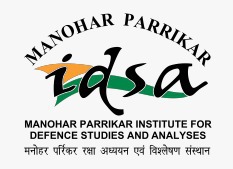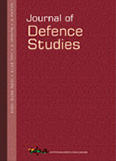Promotion System in the Army: Dealing with Peacetime Atrophy
In practice, it has been found that a peacetime army tends to atrophy and lose its war fighting orientation. It develops a lopsided emphasis on peacetime routine, spit and polish. In fact, a wartime army may well be the very anti-thesis of a peacetime army. Years of non-use of the military instrument sometimes results in the rusting of its value system and ethos.
- G. D. Bakshi |
- October 2010 |
- Journal of Defence Studies




